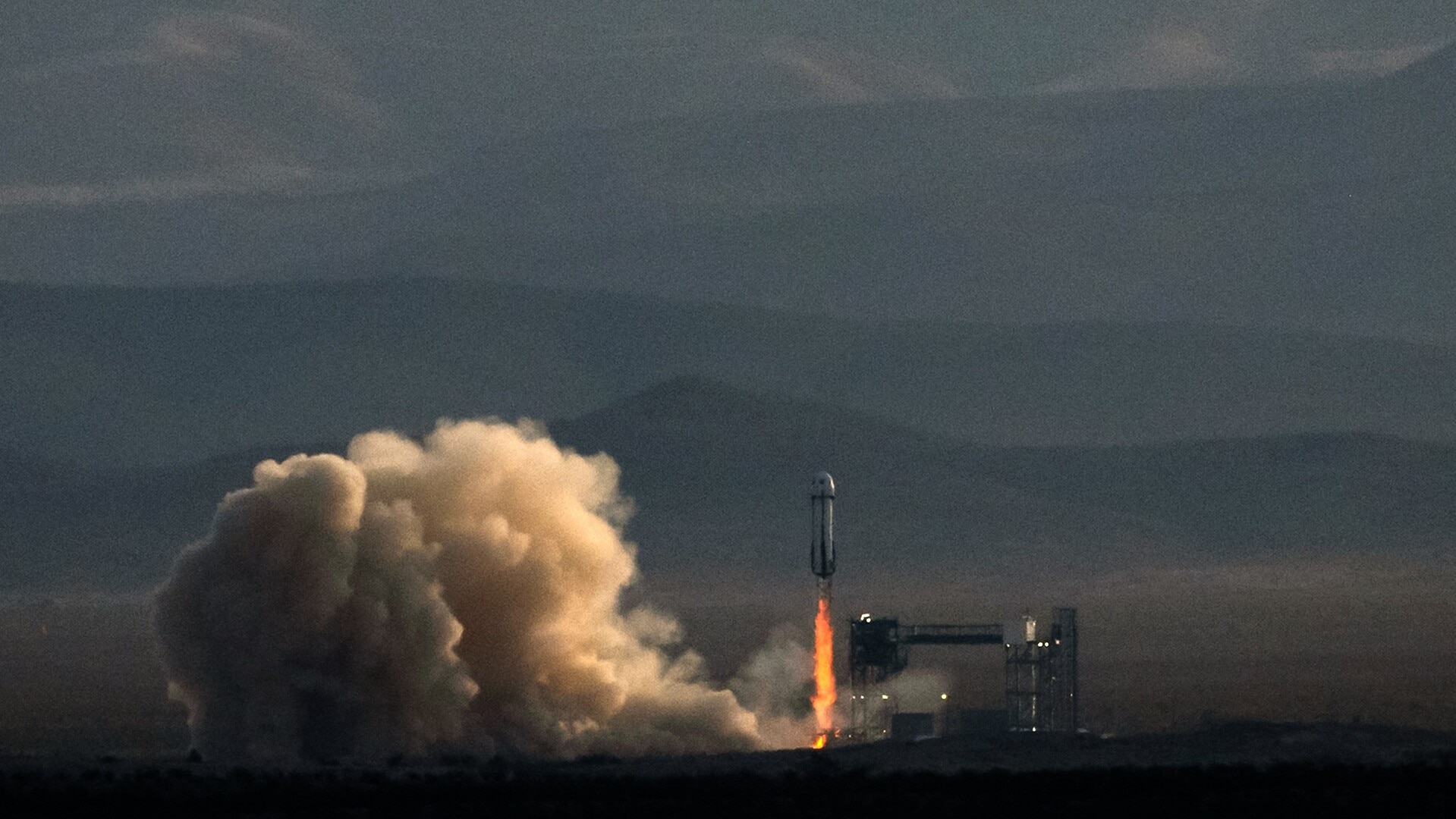Our Terms & Conditions | Our Privacy Policy
Scientists hail strongest evidence yet of alien life after detecting tell-tale biological gases on distant exoplanet K2-18b
Scientists have discovered the strongest signs yet of alien life on a distant planet after detecting the chemical fingerprint of gases that are produced on earth by biological processes.
Dimethyl sulfide, or DMS, and dimethyl disulfide, or DMDS, are two gases scientists have detected signs of on the planet K2-18b, using the James Webb Space Telescope that orbits the sun.
The gases are generated on earth by living organisms, primarily microbial life such as marine algae called phytoplankton.

The discovery is part of a study published in the Astrophysical Journal Letters journal.
Researchers said the findings suggest the planet could be teeming with microbial life, but stressed their discovery wasn’t one of actual living organisms, and rather a possible indicator of a biological process, or “biosignature”.
However, lead author of the study and University of Cambridge astrophysicist Nikku Madhusudhan said it was the first hints of an alien world being inhabited.
“This is a transformational moment in the search for life beyond the solar system, where we have demonstrated that it is possible to detect biosignatures in potentially habitable planets with current facilities. We have entered the era of observational astrobiology,” Mr Madhusudhan said.
K2-18b is 8.6 times the size of our planet, with a diameter about 2.6 times bigger than earth, and is located about 124 light years away in the Leo constellation.
A light year is the distance light travels in year, which is approximately 9.5 trillion km.
The far-away planet is located in a “habitable zone,” meaning its distance from the star it orbits is somewhere liquid water can exist on a planetary surface.
Earlier observations by the James Webb telescope, which was launched in 2021 and became operational in 2022, have identified methane and carbon in the atmosphere of K2-18b, which marked the first time that carbon-based molecules were found in the atmosphere of an exoplanet – the name for planets outside our solar system, in a star’s habitable zone.
Scientists have hypothesised the existence of exoplanets called hycean worlds that are covered by a liquid water ocean habitable by microorganisms and with a hydrogen-rich atmosphere.
Mr Madhusudhan said the “only scenario” that currently explains all the data obtained by the telescope so far was “one where K2-18b is a hycean world teeming with life”.
“However, we need to be open and continue exploring other scenarios,” Mr Madhusudhan said.
He noted there are multiple efforts underway currently searching for signs of life in our solar system and there are various claims of environments that might be able to support life on different planets.
(With Reuters)
[ad_1]
Images are for reference only.Images and contents gathered automatic from google or 3rd party sources.All rights on the images and contents are with their legal original owners.
[ad_2]



Comments are closed.